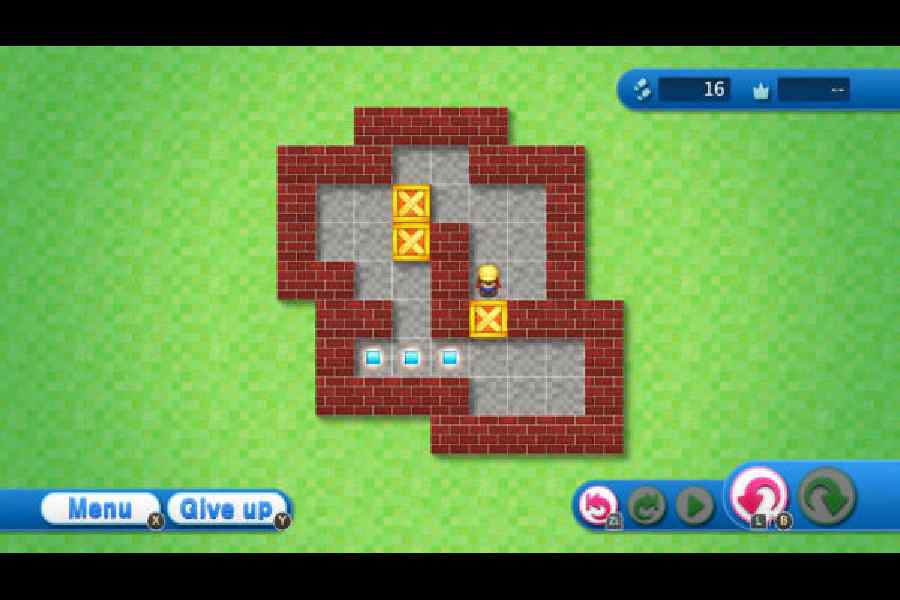Sometimes my jaws drop when I mention Sokoban and I’m met with blank faces from game developers. I never played it when I first discovered it years ago, but I got the chance to play it after exploring puzzle games lately. Sokoban underlines itself as one of the most definitive puzzle games you could play today — bar none.
Designed by Hiroyuki Imabayashi in 1981, the game is named after the Japanese term soko-ban that translates to “warehouse keeper”. You play as the titular character, pushing boxes around and placing them in designated squares.
And that’s it! That’s the gameplay.

No additional mechanics. No powerups. No boosts. No upgrades.
It’s just you, your boxes, a couple of designated square tiles and a level to push them around in. The complexities arise from just those elements that make the game as memorable as it is.
Sokoban is a far cry from most video games we play today. In a world where we are accustomed to seeing additional mechanics, secondary and tertiary core loops, and technological advancements that further widen design opportunities, Sokoban forcefully strips you of those crutches and eye candies, inviting you only to observe and solve with utmost patience.
And this can take minutes, hours, days or even weeks, depending on the level itself. But all in all, the gameplay is that simple; what you see is what you get — nothing more, nothing less.
Sokoban Touch expands on the concept through some quality-of-life updates to cater to the modern player, but only ever so slightly. Such as offering hints, rewinding or recalling steps taken and offering players the chance to review their moves. This addressed the tediousness and punishing experience the original Sokoban had.
Nevertheless, these updates leave the core gameplay untouched. The puzzles are still purely cerebral, and still creatively teach you to learn from your mistakes — just as the original game did.
A welcoming change was how compact the levels were kept and how sparingly the mechanics were used; this decoupled the “complexity of depth” that the puzzles delivered from the “complexity of volume” the 1982 version suffered from because of the sheer sizes of the levels themselves. As a result, not a single level felt tedious to play, yet retained that puzzle difficulty it’s known for.
This is a near-flawless game that makes you completely forget about how “asset flip”-like it looks. Yet I find that this lack of attention to visual detail doubles as a sign of how much attention the game designers gave to the quality of the puzzle design, essentially proving — once again — that gameplay ALWAYS comes first when making good games.
VERDICT: A rare gem that treats the player with respect and trusts them to solve creative problems. I urge you to play Sokoban Touch. It’s a solid 10 on 10.










